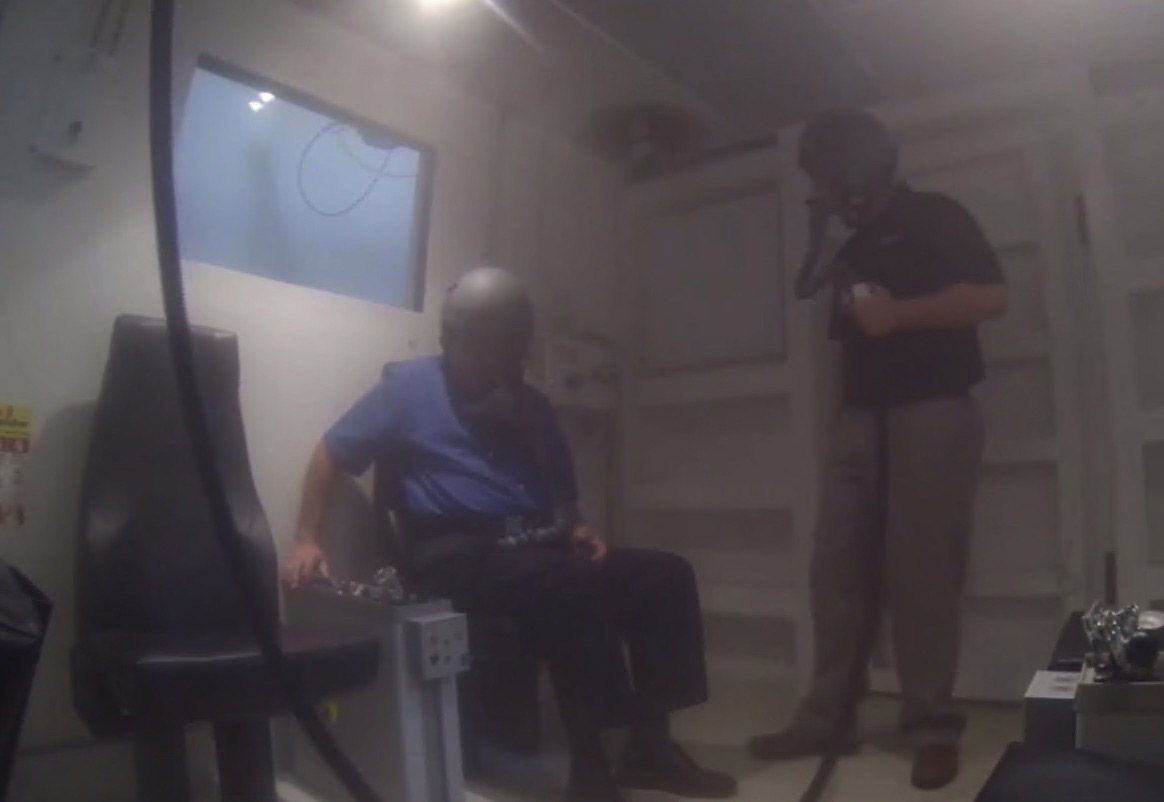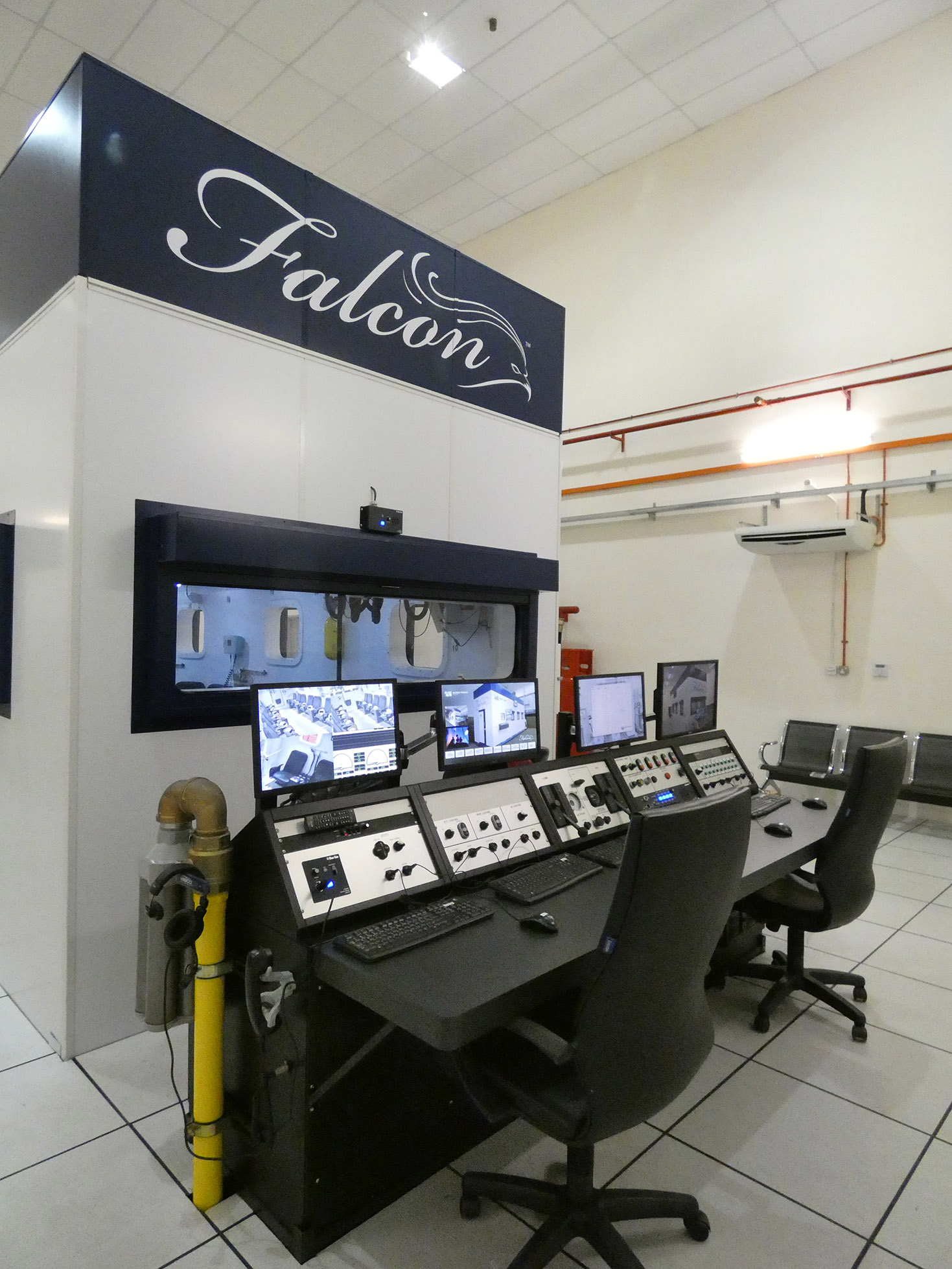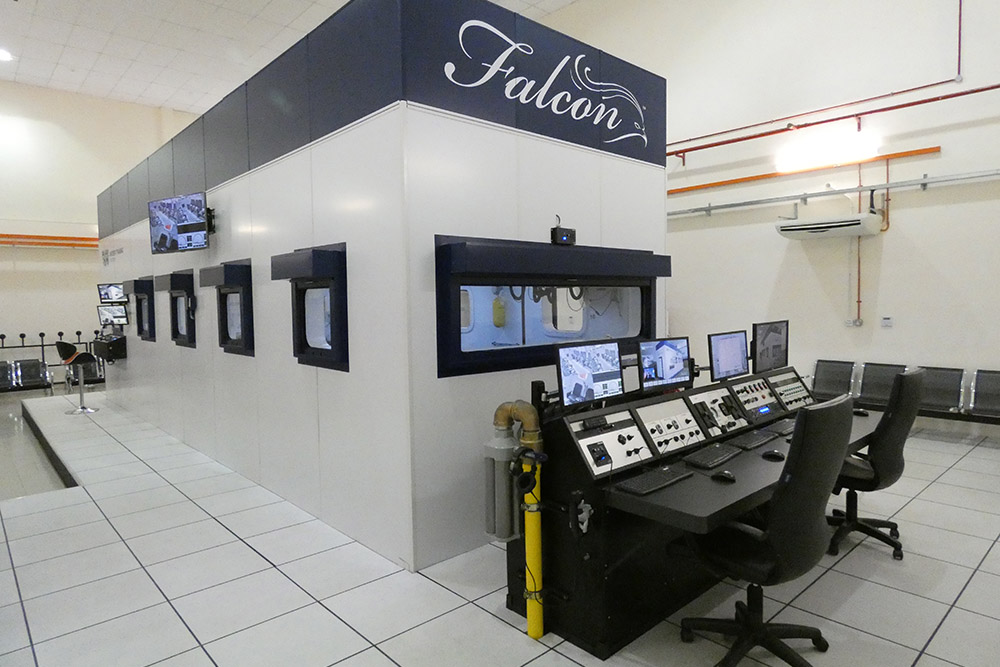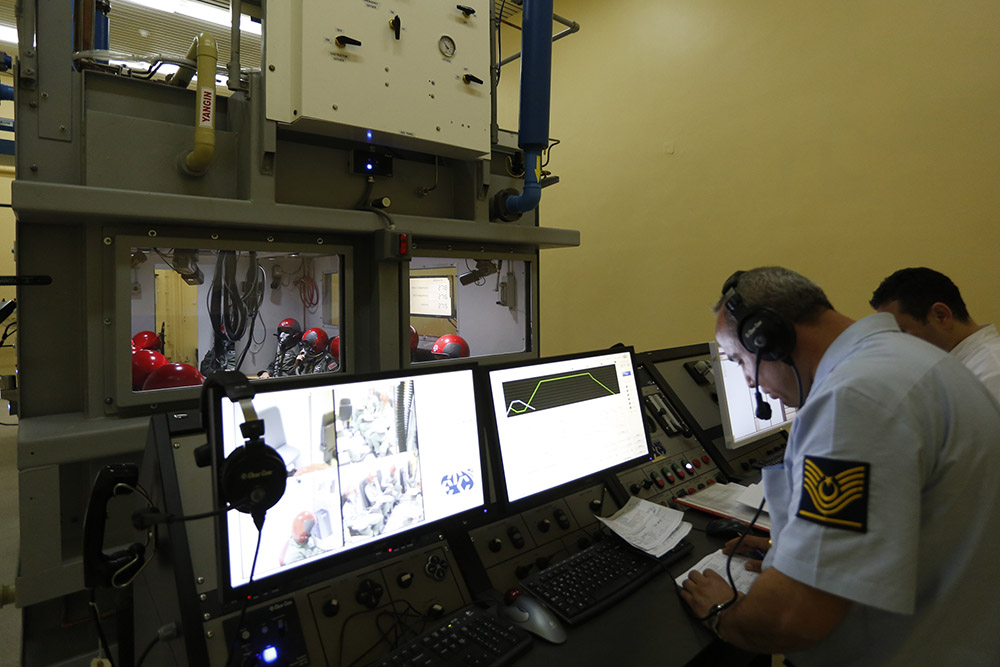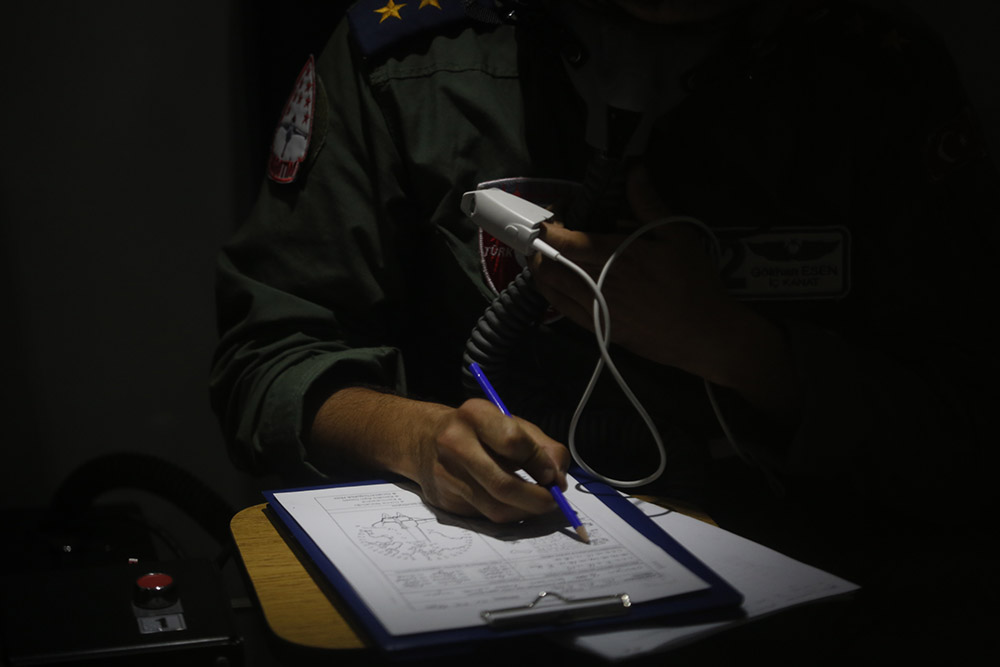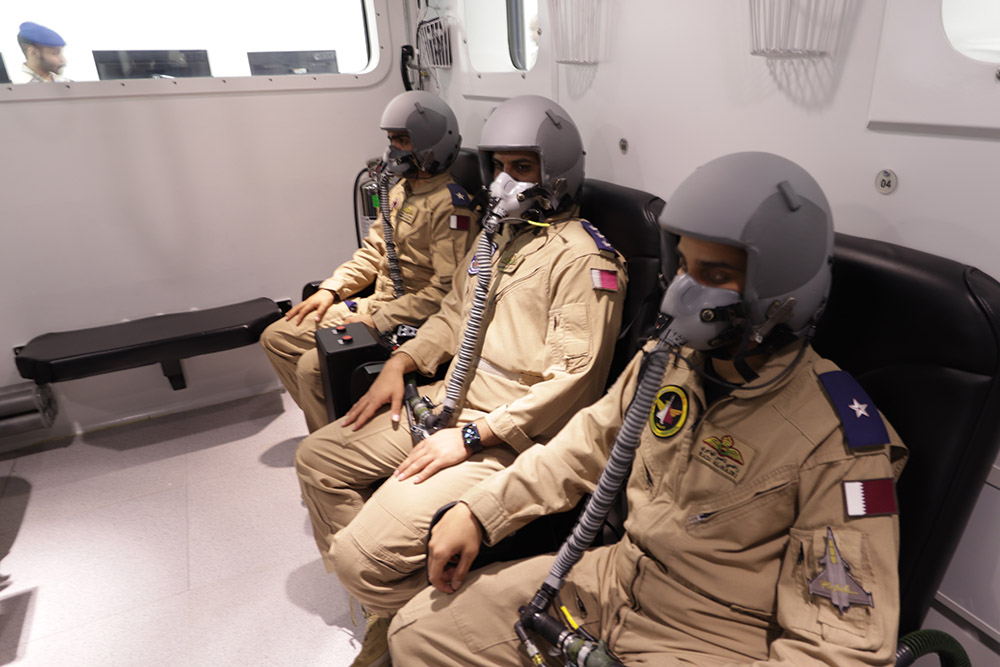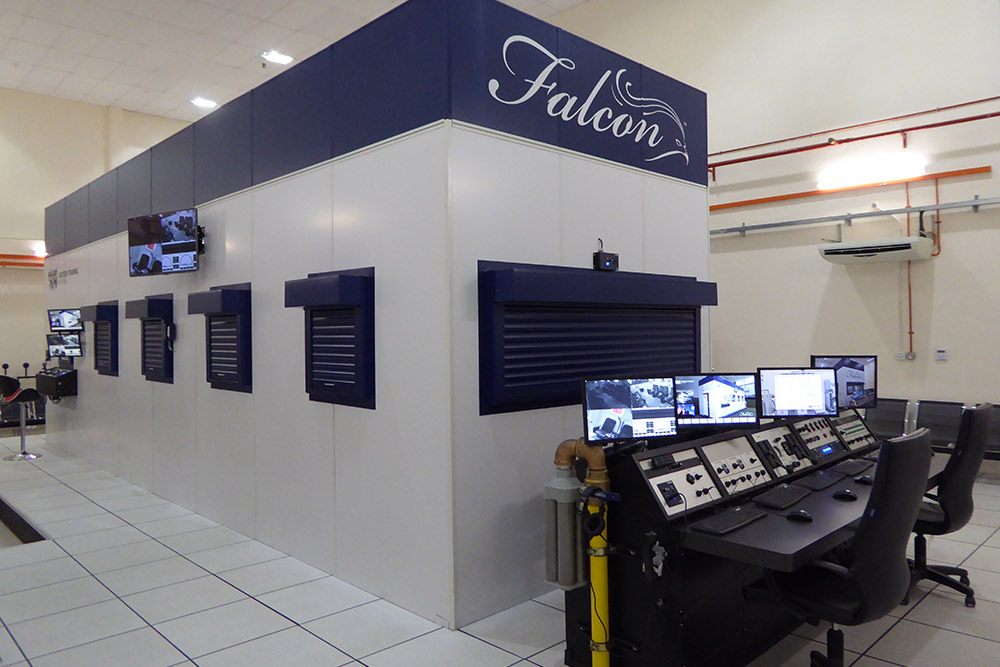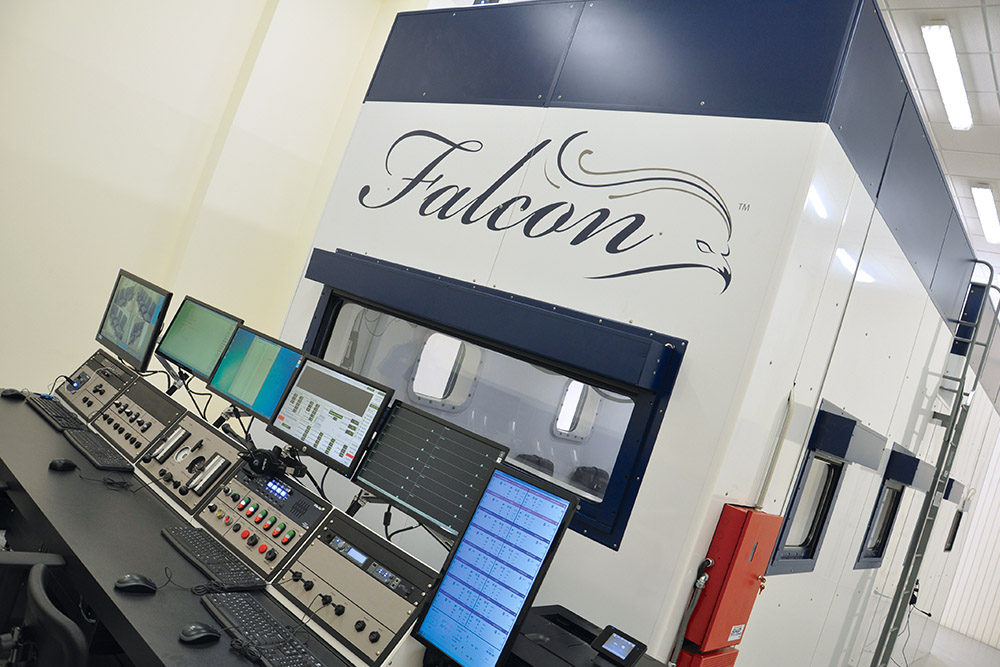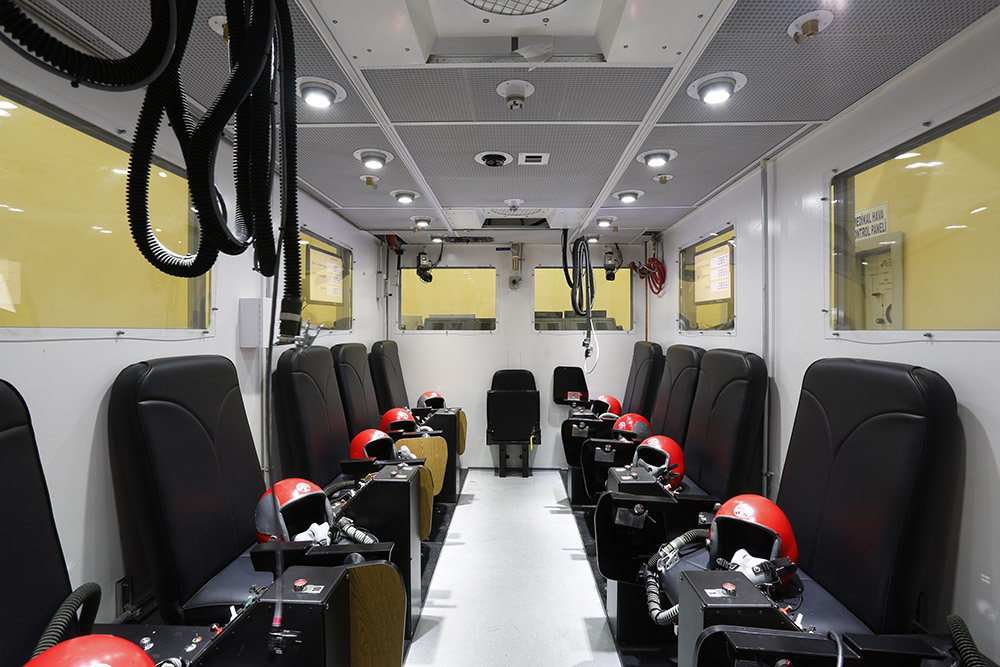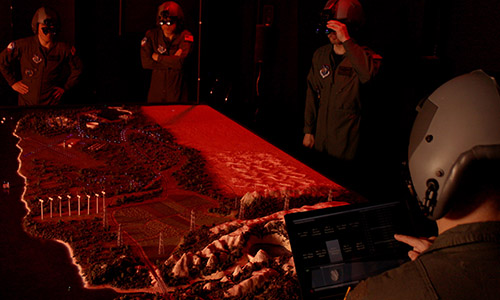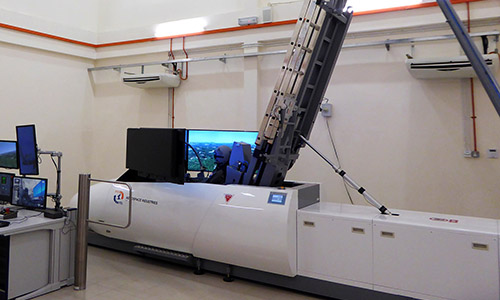ALTITUDE CHAMBER
Hypoxia presents a serious danger for anyone traveling to high altitudes, such as space pilots and crew. ETC's altitude chamber provides a safe, controlled and medically monitored setting to conduct research or to train personnel on how to recognize and cope with low oxygen situations such as hypoxia, night vision deficiency, and rapid decompression.
ALTITUDE CHAMBER
Hypoxia presents a serious danger for anyone traveling to high altitudes, such as space pilots and crew. ETC's altitude chamber provides a safe, controlled and medically monitored setting to conduct research or to train personnel on how to recognize and cope with low oxygen situations such as hypoxia, night vision deficiency, and rapid decompression.
Effectively prepare aircrew to operate at high altitude.
The FALCON Hypobaric Chamber is an ideal platform for training and research applications for rapid pressure, oxygen concentration, temperature and humidity changes. The Man-Rated Chamber is built to a high level of industrial standards, ensuring safe and reliable operation for maximum availability.
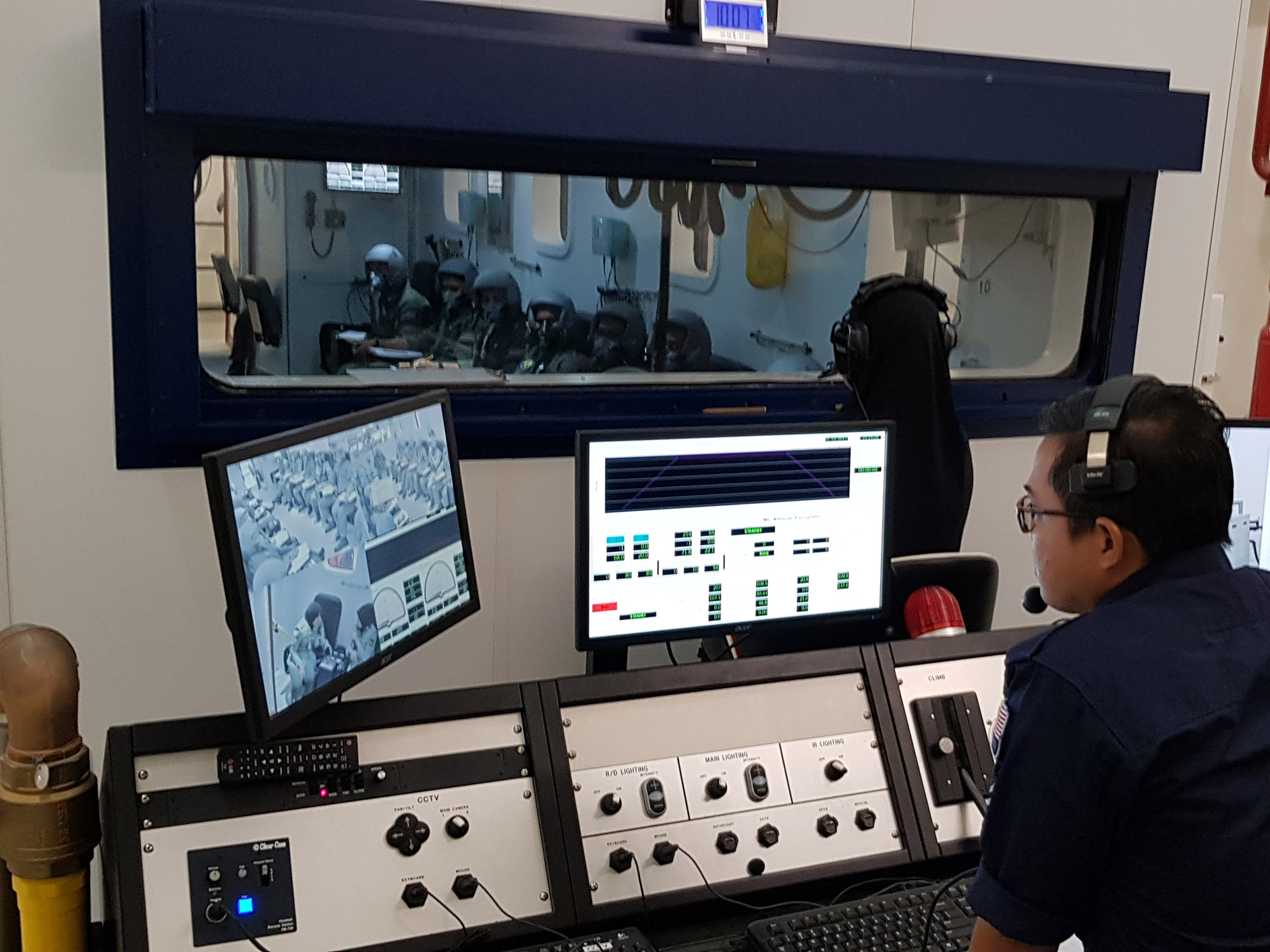
Automated and Repeatable Flights.
ETC's proprietary AutoFlight software enables the altitude chamber to be flown autonomously, while creating a precisely controlled and repeatable environment corresponding to altitude variation in flight. The AutoFlight features pre-loaded flight profiles that can be easily customized by the user and can be interchanged between automatic, semi-automatic or manual flight mode at any time.
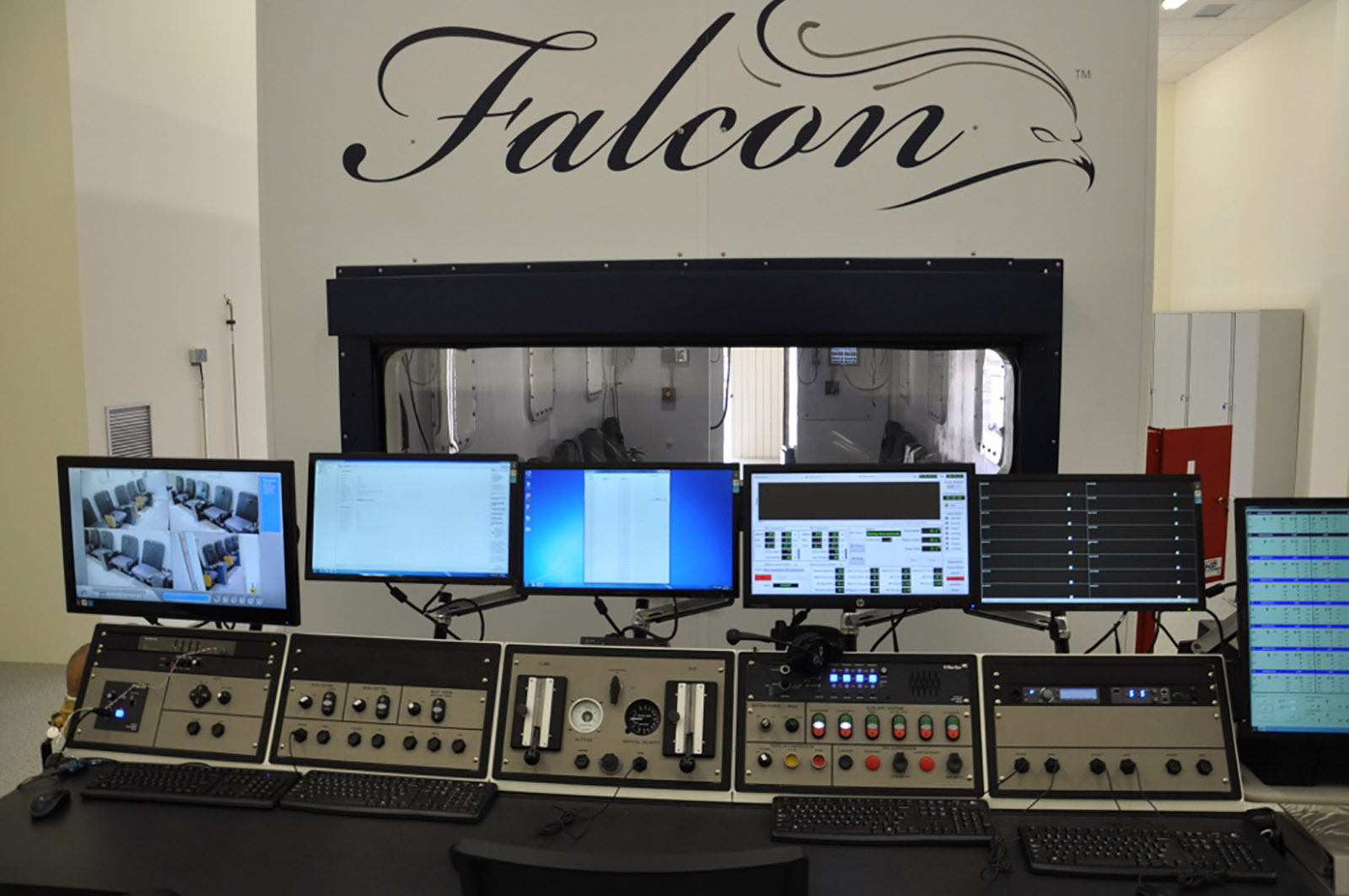
Mask-on and mask-off hypoxia training
Trainee station are configured to enable hypoxia to be experienced with Mask-On or Mask-Off situations, catering for aircrew and personnel from different types and modes of operation. It is capable of delivering CADO (Combined Altitude Depleted Oxygen) training through simple software settings from the instructor console.
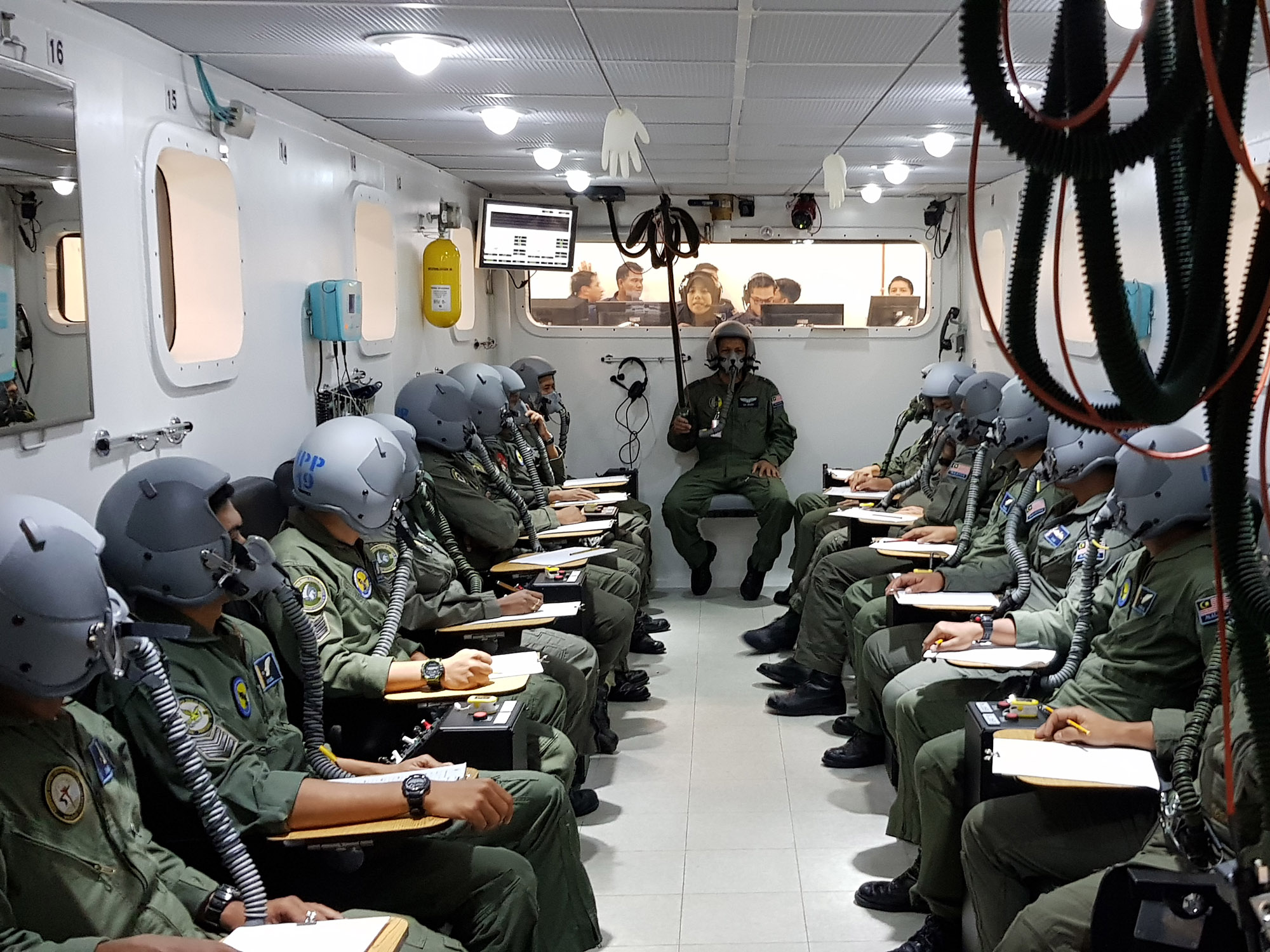
Rapid Decompression Configurations
A standard configuration will achieve rapid decompression by evacuating the air from the lock compartment into the unmanned main compartment through a communicating duct. Alternately, a vacuum tank can be installed in addition that will evacuate the air from the larger main compartment during rapid decompression, allowing a larger number of trainees to be trained simultaneously.
